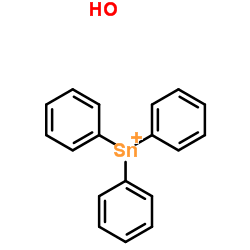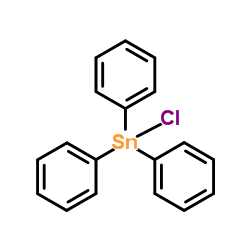| Structure | Name/CAS No. | Articles |
|---|---|---|
 |
Du-ter
CAS:76-87-9 |
|
 |
Fentin chloride
CAS:639-58-7 |